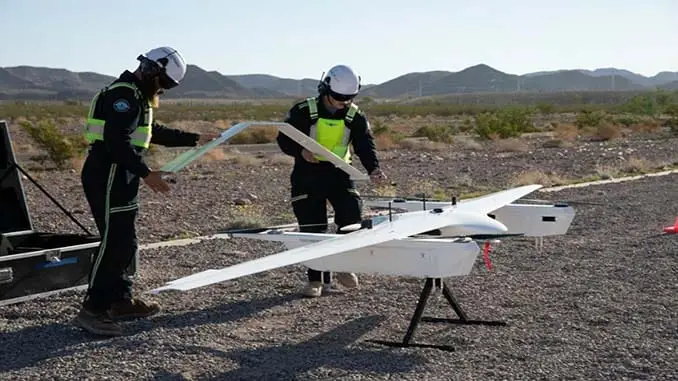The Threats of Collapse: Navigating the Dangers of Increasing Complexity
January 23, 2024 2024-01-23 11:22
The Threats of Collapse: Navigating the Dangers of Increasing Complexity
In our rapidly evolving world, the increasing complexity within societies, economies, and technologies presents a paradoxical blend of progress and peril. This article delves into the intricate web of modern complexity, highlighting the inherent risks it poses to global stability and sustainability. As we stand on the brink of what could be an era of unprecedented achievements or unparalleled challenges, understanding these dynamics becomes crucial.
Unpacking Complexity
Complexity, in its essence, refers to the degree of interconnection and interdependence among components within a system. As systems become more complex, they often exhibit greater efficiency and adaptability up to a point. Beyond this threshold, however, they can become increasingly fragile, susceptible to unforeseen disruptions that can trigger cascading failures.
The Risks of Overcomplexity
The dangers of increasing complexity are multifaceted, affecting environmental, economic, and social spheres. These risks include:
- Environmental Degradation: The intricate global supply chains and industrial processes, while driving economic growth, often do so at the expense of environmental health. The complexity of these systems can obscure the direct impacts on ecosystems, leading to unsustainable exploitation of natural resources.
- Economic Vulnerabilities: Financial systems have become exceedingly complex, intertwined with global markets in ways that can amplify the effects of economic downturns. The 2008 financial crisis serves as a stark reminder of how interconnectedness can lead to widespread economic collapse.
- Social Fragmentation: As societies grow more complex, the risk of social fragmentation increases. The rapid pace of change can outstrip individuals’ ability to adapt, leading to social dislocation and increased polarization.
Strategies for Mitigation
Addressing the threats posed by increasing complexity requires a multifaceted approach. Strategies include:
- Enhancing Resilience: Building resilience into systems can help absorb shocks and prevent cascade failures. This involves diversifying energy sources, creating redundant supply chains, and fostering economic policies that can withstand global shocks.
- Promoting Transparency: Making complex systems more transparent can help identify vulnerabilities and improve public understanding of risks. This is particularly relevant in financial markets and environmental management.
- Encouraging Sustainable Practices: Transitioning towards sustainability can reduce the environmental impacts of complex systems. This includes adopting green technologies, promoting circular economies, and enforcing stricter environmental regulations.
A Call to Action
The increasing complexity of our world is not inherently negative; it has brought about technological advancements and improvements in quality of life. However, the potential for systemic collapse underlines the need for proactive measures to mitigate these risks. For a deeper insight into the dangers posed by increasing complexity and potential strategies for resilience, watch this compelling video.
Conclusion
As we navigate the 21st century, the dual forces of complexity and fragility will increasingly shape our global landscape. By understanding the inherent risks and implementing strategies to mitigate these dangers, societies can aspire to not only survive but thrive amidst the complexities of the modern world.
Related Posts
The Threats of Collapse: Navigating the Dangers of Increasing Complexity
January 23, 2024 2024-01-23 11:22Popular Tags






























